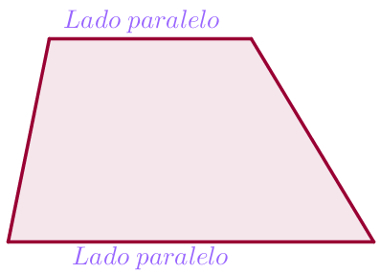British biophysicist born in Northampton, Northamptonshire, England, one of the creators of the long helical configuration of the DNA structure, the acid deoxyribonucleic, and with this idea he won the Nobel Prize in Physiology or Medicine (1962), together with the British Maurice Hugh Frederick Wilkins, from University of London. He studied in London and Cambridge and began researching molecular biology (1949) at Cavendish Laboratory.
She began joint studies (1953) with James Dewey Watson and proposed a double helix spiral model for the structure. molecular DNA (1958), the genetic material of most living beings, representing a spectacular advance in the study of genetics. The scientist was part of the team at the Salk Institute, in California, but gained fame when he worked at the Cavendish Laboratory, in Cambridge, England.
Researching in pairs with Watson, he published an article in which the structure and its helix duplication of DNA appeared for the first time (1953). In recent years he had been dedicating himself to research on the neurological basis of consciousness, an enigma whose solution is proving far more difficult than the structure of DNA. At the age of 88, a victim of colon cancer, he died on July 19 in a hospital in San Diego.
Picture copied from THE NOBEL PRIZE website:
http://www.nobel-prize.org/
Source: http://www.dec.ufcg.edu.br/biografias/
Order F - Biography - Brazil School
Source: Brazil School - https://brasilescola.uol.com.br/biografia/francis-henry-compton-crick.htm


